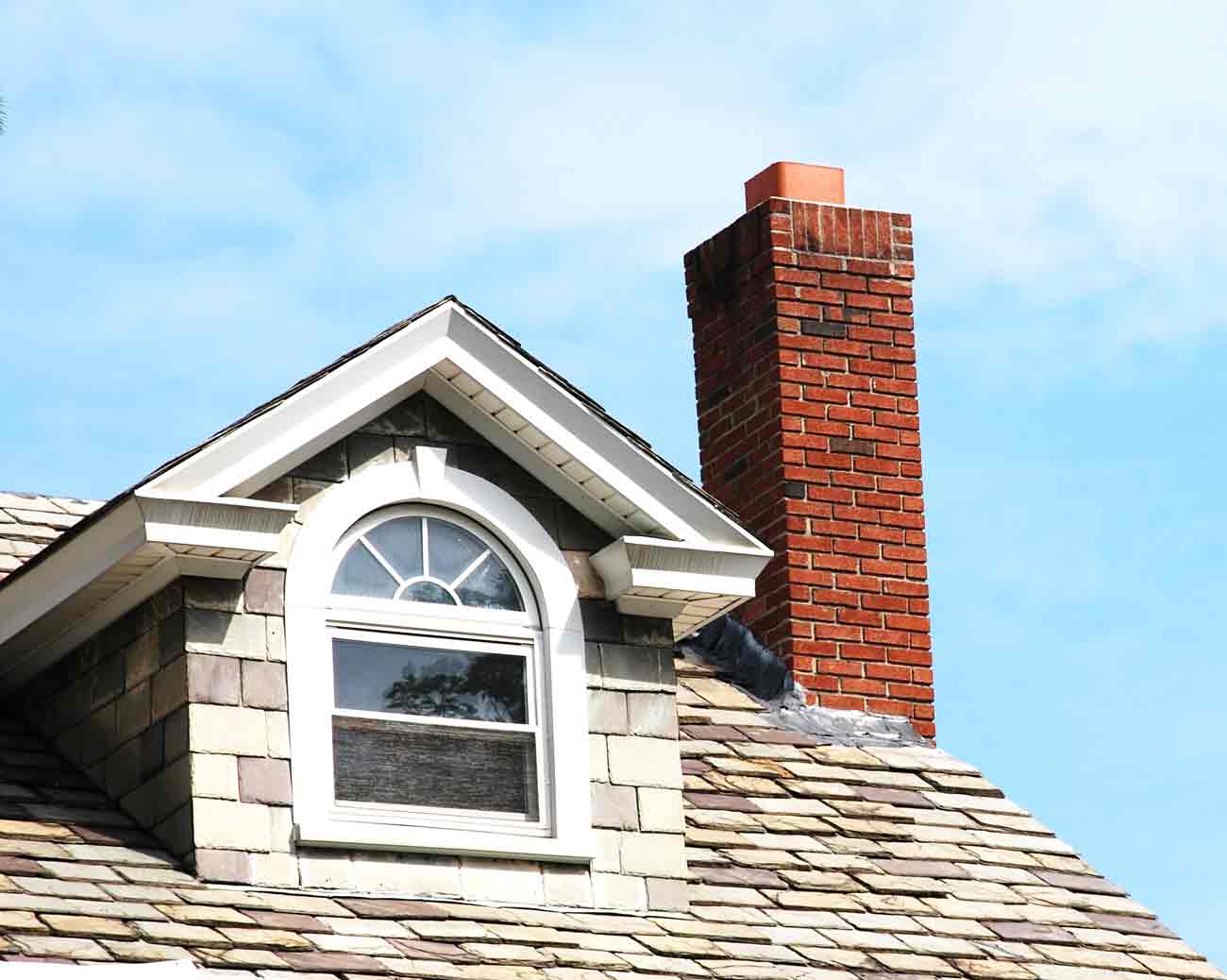Somewhere in your house, amid all this airflow, is something called the Neutral Pressure Plane (NPP). Above this theoretical plane, the air pressure is slightly positive compared to the outdoor air pressure and is trying to force its way out of the house. Below the plane, it is slightly negative and the house is trying to draw air in. The location of the NPP can constantly change in response to changing conditions. All of the factors that affect airflow in the house also influence the level of the Neutral Pressure Plane. Anytime a fireplace or fuel-fired heating appliance (except direct vent) is below the plane, air will tend to flow into the house through the chimney or vent. A common example of this is found in homes with two fireplaces, one below the other. As the upper level fireplace uses air for combustion and chimney flow, it depressurizes that level, slightly causing air to flow upwards from the lower level. Since the lower level fireplace is below the NPP, it draws air into the basement through the chimney. Unfortunately, since those two flues generally exit the chimney close to each other, the makeup air can contain some smoke from the fireplace above and it can pick up unpleasant chimney odors as it passes down the chimney flue.
Wind-loading is the effect on interior house pressures caused by the wind. When wind strikes a building, it creates high pressure on the side that it hits and low pressure on the downwind side. Any open windows or doors on the windward side will help to pressurize the house, increasing chimney draft. However, openings on the downwind side will depressurize the house and increase the likeliness of back drafting from chimneys or vents. Back drafting is a reversal of the airflow in which the smoke is coming into the house instead of going up the chimney. Interior mechanical devices such as clothes dryers, kitchen fans, bathroom fans, attic fans and central vacuums can also create depressurization by removing large volumes of air from the house. The result is often negative pressure in the area of a fireplace, wood stove, or other fuel-fired heating, making it increasingly difficult for natural draft chimneys to function as intended. In addition, another mechanical system which commonly removes air from the house is called forced-air furnace. Many such systems are out-of-balance due to leaks in the ducts. Leaky supply ducts cause air to be blown into the attic or crawlspace. Leaky return ducts draw air from the basement or other areas they pass through. Furnaces, water-heaters, fireplaces and wood stoves are examples of fuel-burning appliances that require large volumes of air for combustion. Unless they are specifically equipped to draw air in from the exterior of the house, such as direct vent appliances, operating them can reduce the inside air pressure. There are a variety of mechanical devices on the market that help provide the necessary makeup air to balance the air pressure needs of your house system.




